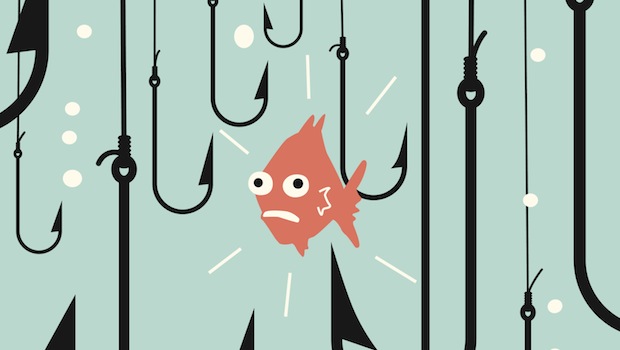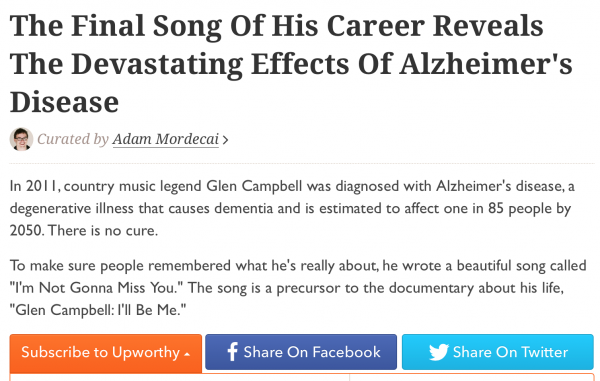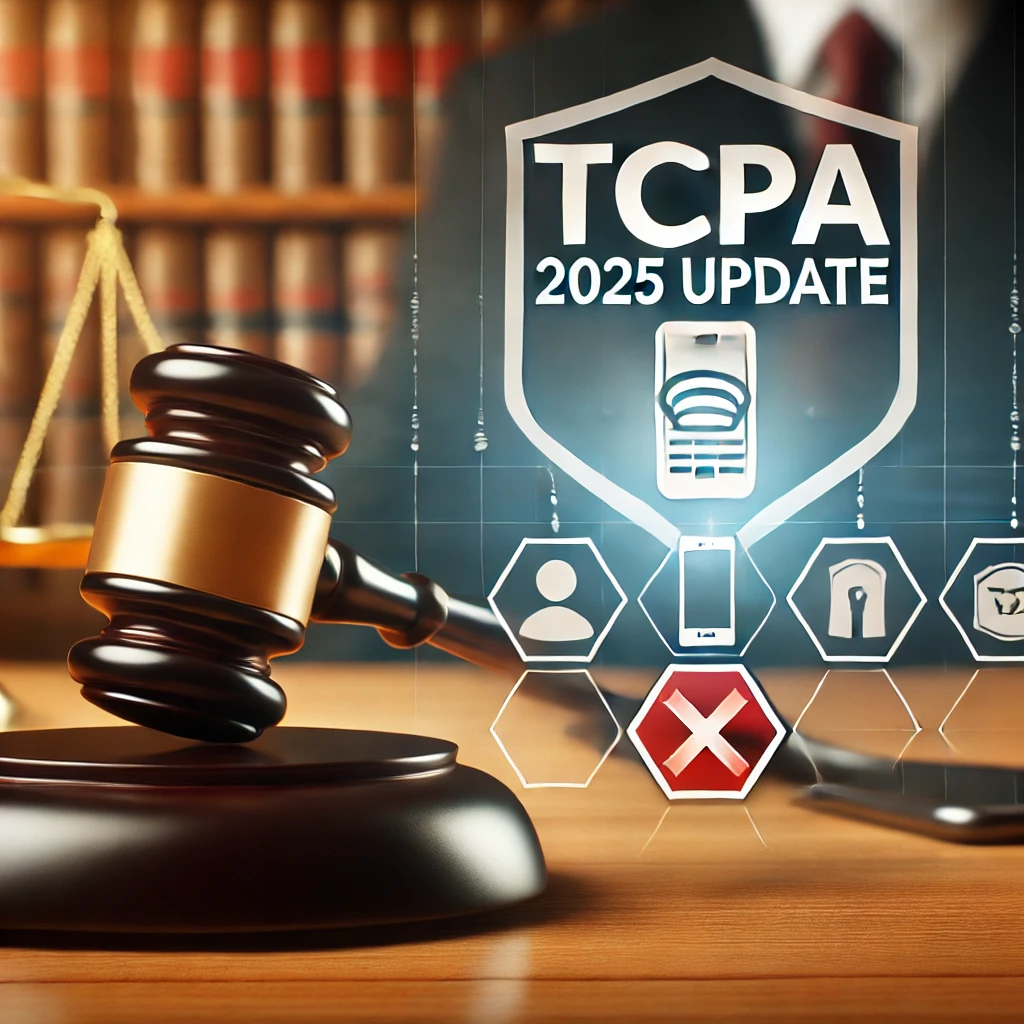
Clickbait Can Hook Readers … But Is It Worth It?
You read an intriguing headline; it has you on the edge of your seat, and “you’ll never believe what comes next!” … You have to click to read more, and oftentimes, the content just doesn’t quite live up to the hype. Content like this falls into the category of so-called “clickbait.” These posts generate significant attention – and higher click-through rates. The problem, however, is that they could create a negative customer experience.
Clickbait is exactly that – bait. It’s a ploy used to generate more eyeballs on one’s content. While there is clear short-term value in the form of visibility – and potential ad revenue – the user experience is often poor over the long haul, with audiences feeling duped by content quality that’s oftentimes sub-par. But there’s more to the story.
“People are attracted to quick sound bites,” says Danny Wong, marketer and growth manager at marketing technology company Shareaholic.
“Sensational headlines will always captivate readers – often at the expense of article quality,” he says. “Long term, what matters most, though, is the substance behind the headline. Clickbait can be a force of good or evil – depending on the quality of what’s being shared.”
Facebook digs deeper
Despite the negativity associated with clickbait in the marketing world, the tough reality is that it works. For some reason, audiences find themselves clicking on these links – over and over.
But this performance, according to Facebook’s research, is surface-level at best, as audiences would prefer to see a detailed and accurate description about the content they’re about to consume.
“When we asked people in an initial survey what type of content they preferred to see in their News Feeds, 80% of the time people preferred headlines that helped them decide if they wanted to read the full article before they had to click through,” said Khalid El-Arini and Joyce Tang from Facebook’s product and research team in a recent post.
That’s why Facebook has decided to reduce the amount of attention that clickbait receives in users’ feeds. In coming months, publishers posting clickbait headlines will see a decrease in traffic. Facebook will be evaluating the following audience signals:
- Whether audiences who clicked through an article spent time reading it
- The ratio of people clicking on content compared to those discussing and sharing it
- The relative number of clicks compared to likes on the News Feed post
In other words, it will be up to marketers’ audiences to decide what clickbait is and what it isn’t.
Content is still king
Sometimes, the line between what is and isn’t clickbait is tough to distinguish – especially when the topic of conversation revolves around websites like BuzzFeed and UpWorthy, two of the Internet’s most popular publishing destinations.
These sites are known for posting attention-grabbing, compelling and emotional headlines. But do these headlines fall into Facebook’s definition of clickbait?
The answer is highly subjective.
“Your audience is the ultimate judge of whether something is ‘clickbait’ or not,” says Wong “Look for user experience cues of how audiences are engaging with your content. Are they dropping off after a few seconds? Are they sharing your content with their own networks?”
Wong adds: “In reality, original content, even in list format, is something people are likely to read and share and comment on, which means Facebook is probably fine with it.”
Audiences love great content – so long as the headline describes it accurately. It’s possible to have the best of both worlds – high click-through rates and strong user engagement.
Lessons learned
The one takeaway: be authentic. While it’s important to generate high click-through rates with compelling content titles, it’s equally important to keep user engagement strong. Not sure where to get started? Just listen to your audience.
Ritika Puri is an entrepreneur, marketing consultant and startup advisor. She writes for Forbes, The Next Web, Business Insider and Entrepreneur.
© 2014 – 2018, Contributing Author. All rights reserved.




